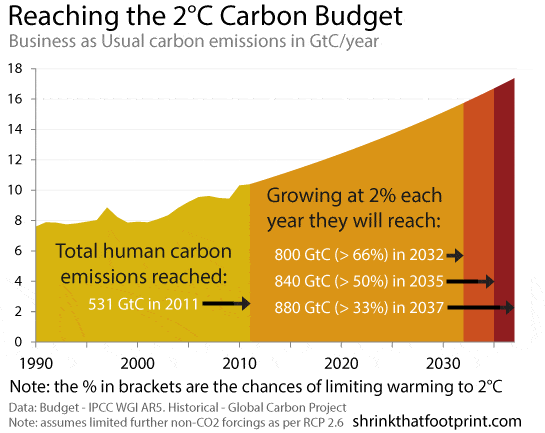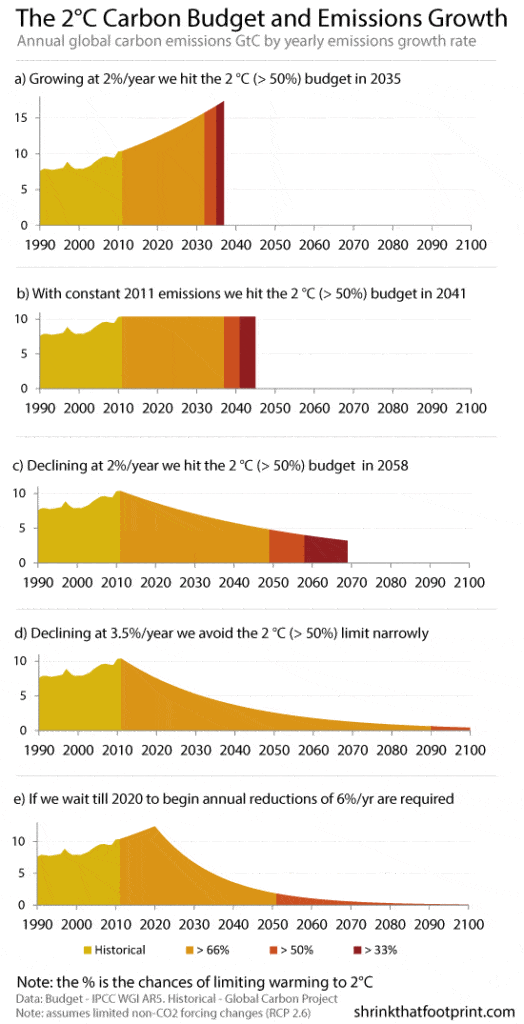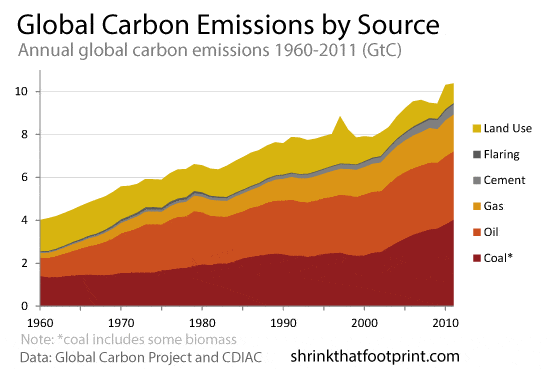Introduction – The 2°C Temperature Target
The 2°C (also 2 degree C) target is a goal to keep the global average temperature increase below 2 degrees Celsius, as compared to pre-industrial levels. The target is meant to help avoid the most dangerous effects of climate change. Why is it important The 2 degree C target is important because it is a goal that can help guide international efforts to combat climate change. limiting the global temperature increase to 2 degrees Celsius is seen as a way to avoid the most catastrophic effects of climate change, such as widespread drought, sea level rise, and mass extinctions. The even more ambitious 1.5°C target is to keep the temperature lower by a half degree Celsius and thereby mitigate the very worst climate effects.
COP27 And The Failure To Achieve The 1.5°C Target
These targets have been discussed in the context of the COP. The COP conference is an annual conference that brings together leading scientists, policymakers, and practitioners to discuss the latest progress in climate science and policy. What does it stand for The COP conference stands for the Conference of the Parties. The Parties refers to the countries that have signed the United Nations Framework Convention on Climate Change (UNFCCC), which is an international treaty that seeks to stabilize greenhouse gas concentrations in the atmosphere.
This year was COP27 and the latest update is that there’s no way given the current rate of carbon reduction that we’ll be able to avoid the 1.5°C increase in global average temperatures.
The 2°C Target Looks Difficult With A Narrow Window
If global carbon emissions continue to grow as they have in the last decade we will burn through the 2°C carbon budget by 2035.
That is the grim reality of extending historical emissions growth into the IPCC’s cumulative carbon budgets.
In its new report the IPCC stated that to have an even chance of limiting warming to less than 2°C (since the period 1861–1880) it will require keeping cumulative CO2 emissions from all anthropogenic sources to less than 840 GtC.
By 2011 mankind had already emitted 531 GtC. (See our carbon emissions and sinks piece)
If global carbon emissions continue to grow at 2% each year, as they have done over the last decade, we will blow through the 840 GtC carbon budget at the start of 2035.

The more stringent target of 800 GtC, that gives us a 66% chance of limiting warming to 2°C, is exhausted in 2032. The more lax goal of 880 GtC, that gives us a 33% of limiting warming to 2°C, follows shortly afterwards in 2037. If non-CO2 greenhouse gas concentrations increase, aerosols are reduced or the permafrost begins to melt these dates will be dragged forward. The reverse will push them back.
Our current emissions path will leave us committed to more than 2°C of warming in just 22 years. It would also commit us to much more warming beyond that given the economic inertia of global carbon emissions.
In fact the 2°C carbon budget is so stringent that even if global carbon emissions stopped growing and remained flat for the coming decades we would still break the 2°C budget in 2041, less than 30 years from now.

In the graphic above we show the speed at which we exhaust the 2°C budget based on different annual emissions growth rate scenarios.
The first one is the same as our initial chart and shows that if emissions grow at 2% each year we break the 2°C budget in 2035. In the second we see that if annual emissions remain constant at a 2011 level we break the 2°C budget in 2041. The third shows that if annual emissions decline at 2% per year we will break the 2°C budget in 2058.
To reach 2100 within the 840 GtC budget (>50%) emissions need to decline at 3.5% per year, beginning immediately. If action is delayed until 2020 annual reductions of 6%/year are required. Such reductions would be largely dependent on the deployment of negative emission technologies.
The gap between where we are and where we need to be is enormous.
This is the nature of our problem:

We have a coal problem. We have an oil problem. We have a gas problem. We have a deforestation problem.
WE HAVE A CARBON PROBLEM!!!!!!!!!
And our lack of ambition in dealing with it is quite astonishing
Lindsay Wilson
I founded Shrink That Footprint in November 2012, after a long period of research. For many years I have calculated, studied and worked with carbon footprints, and Shrink That Footprint is that interest come to life.
I have an Economics degree from UCL, have previously worked as an energy efficiency analyst at BNEF and continue to work as a strategy consultant at Maneas. I have consulted to numerous clients in energy and finance, as well as the World Economic Forum.
When I’m not crunching carbon footprints you’ll often find me helping my two year old son tend to the tomatoes, salad and peppers growing in our upcycled greenhouse.
